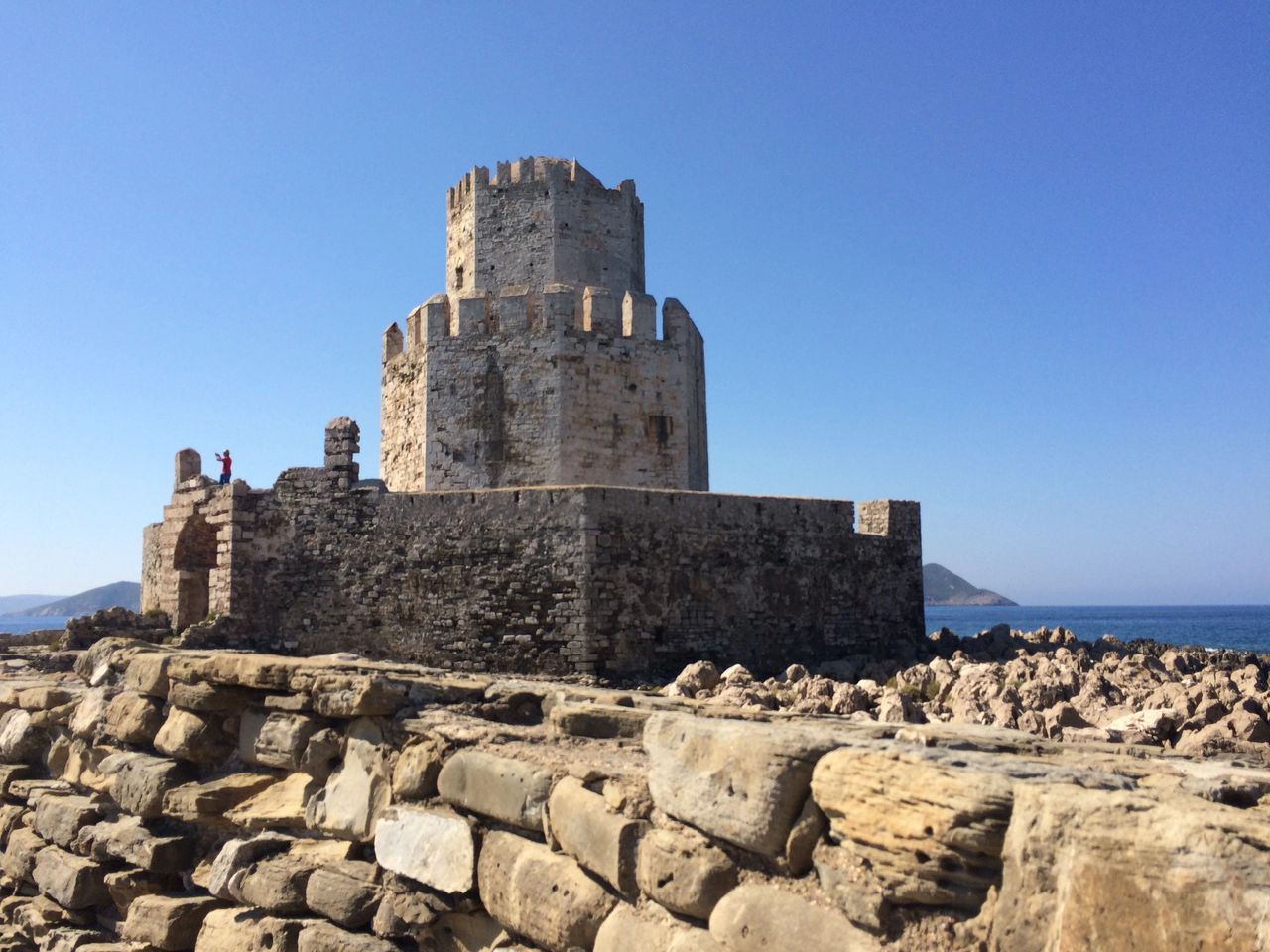Methoni, Greece is a stunning seaside town located in the southwestern Peloponnese, in the Messenia region. It's known for its rich history, impressive Venetian architecture, beautiful beaches, and turquoise Ionian waters. Here's a quick dive into its past and what you can enjoy there today:
A Brief History
-
Ancient Times: Methoni has been inhabited since antiquity and was mentioned by Homer as Pedasus, part of Agamemnon’s kingdom in the Iliad.
-
Classical & Roman Periods: It was an important city in the Classical era, known for its strategic coastal position.
-
Venetian Era (13th–15th centuries): The Republic of Venice heavily fortified Methoni after 1209. It became a key stopover for Venetian ships en route to the Holy Land, earning it the nickname "the Eye of Venice."
-
Ottoman Rule: The Ottomans took over in 1500, further influencing its architecture and layout. Control alternated between Venice and the Ottomans for centuries.
-
Modern Era: Methoni was liberated during the Greek War of Independence in the 19th century.
Beaches in Methoni
-
Methoni Beach: Located right next to the town and the castle, it has long, sandy, shallow waters — great for families. Gorgeous views of the castle walls and Bourtzi Tower from the water.
-
Lampi Beach: Just south of the main beach, it’s less crowded, a peaceful vibe and crystal-clear water.
-
Finikounda Beach (10–15 mins drive): A longer beach with more tavernas and beach bars. Great for windsurfing or a day trip.
Methoni Castle
The Methoni Castle is the crown jewel of the town. It's not just a castle — it's a fortified town, and one of the largest castles in the Mediterranean. This place feels like you’re walking through centuries of layered history — Crusaders, Venetians, Ottomans — all with the sea crashing beside you. Here's what makes it so special:
Overview
-
Built: By the Venetians in the early 1200s, shortly after the Fourth Crusade.
-
Area: Encloses nearly the entire cape at Methoni’s southern tip — surrounded by the sea on three sides.
-
Walls: Massive stone fortifications, bastions, and towers — great examples of Venetian military architecture.
-
Gates: The main entrance is a stone bridge with 14 arches, crossing a moat. Super photogenic!
What You’ll See Inside
-
The Main Gate and Bridge, originally built by the Venetians, reconstructed by the French in the 19th century. It leads over the moat and into the main castle grounds.
-
Interior Ruins: Scattered remnants of homes, barracks, churches, Turkish baths, and even a cistern. Look for the Church of Santa Sotira (from the Byzantine period) and Venetian coat-of-arms carved into stone.
-
Bourtzi Tower: At the seaward end of the castle, connected by a narrow causeway. There is a small octagonal tower built in 1500 by the Ottomans, later used as a prison and watchtower. Here you will see epic panoramic views of the Ionian Sea.
-
Ottoman Influence: After the Venetians, the Ottomans left their mark: hammams (baths), prayer areas, and defensive tweaks.
Tips for Visiting
-
Sunset: If you go in the late afternoon, the sun sets over the sea, casting golden light across the ruins — perfect for photos.
-
Wear good shoes: Uneven ground, old stone paths.
-
Bring water: There’s no shade inside and it can get hot!
-
Small entry fee: Worth every cent for the history and views.



